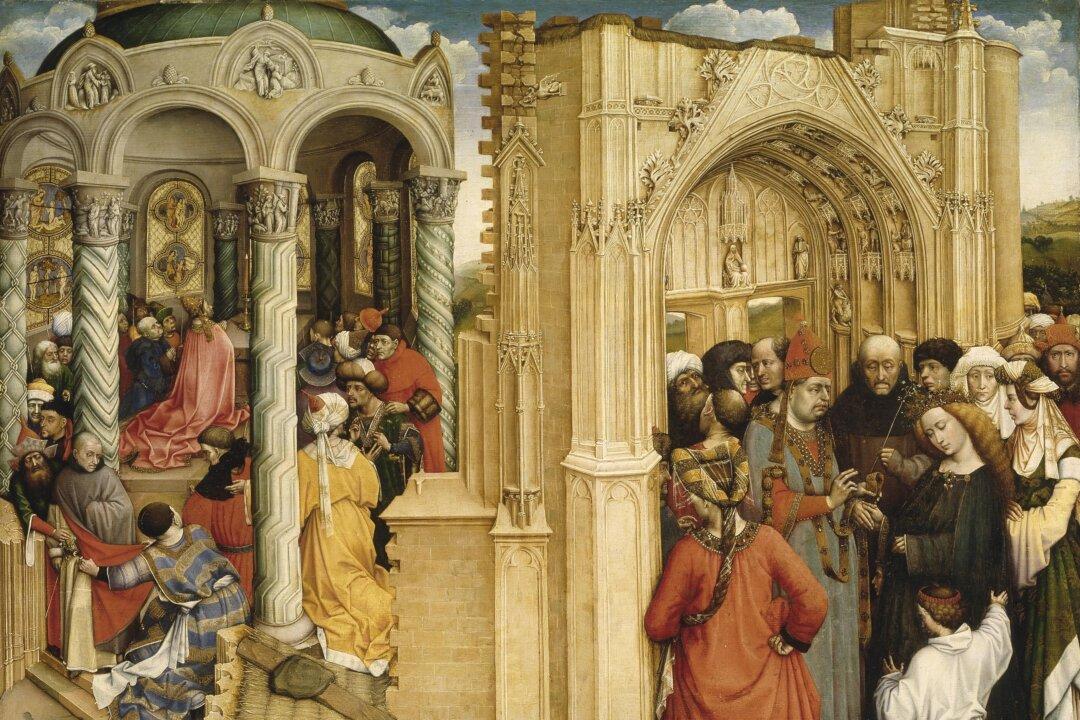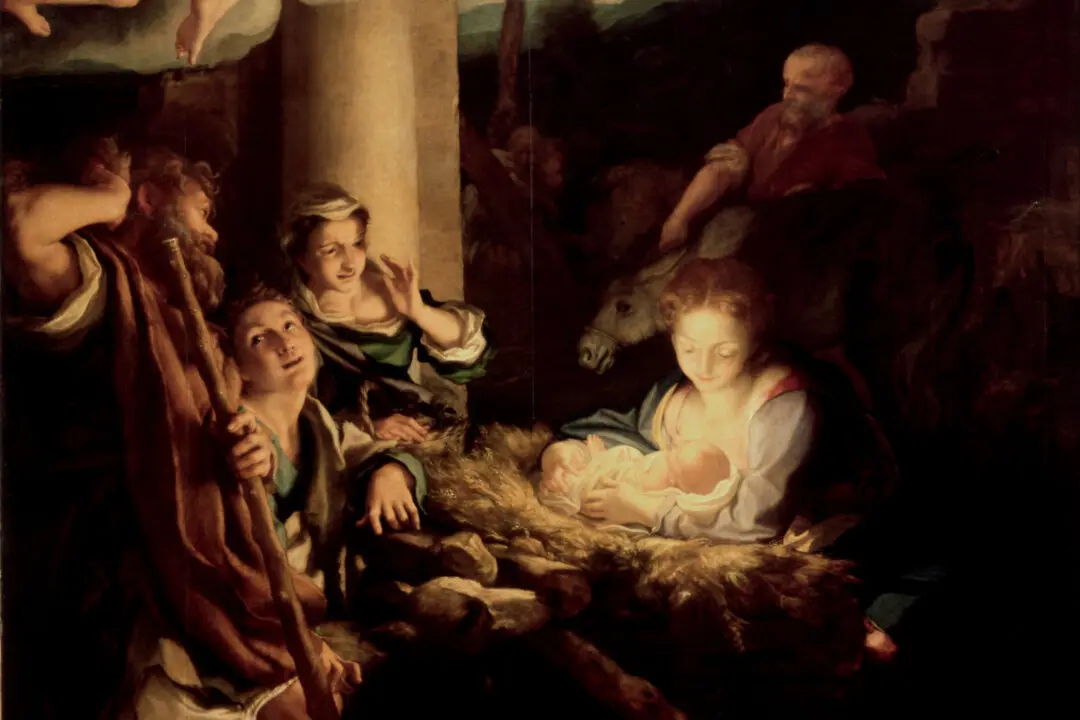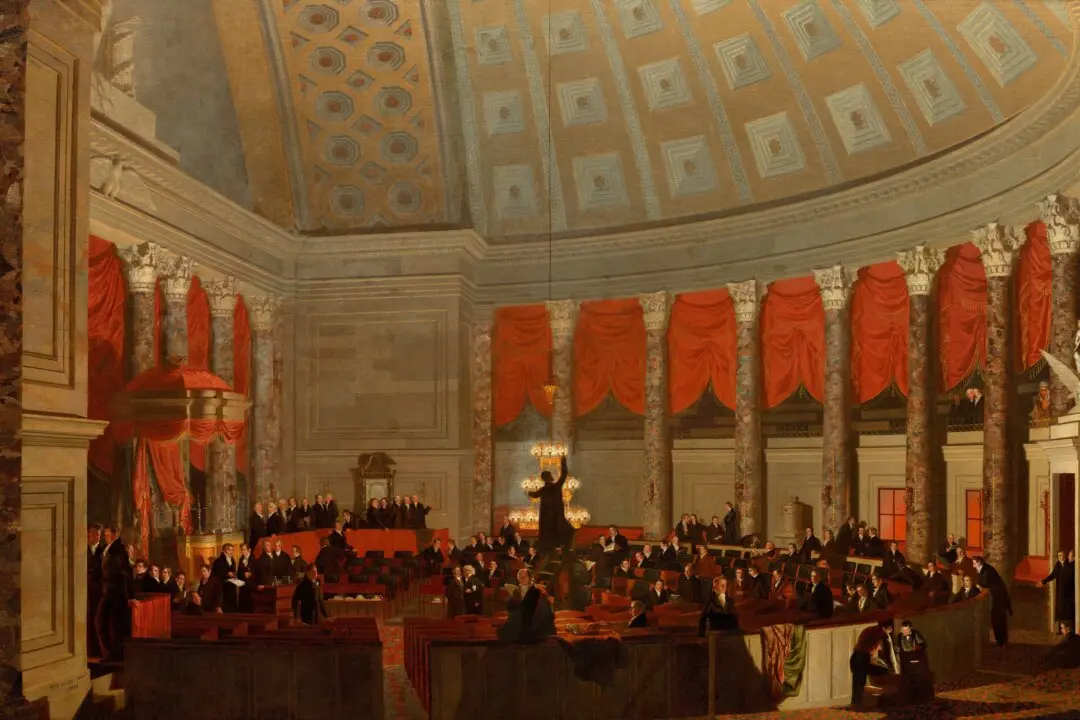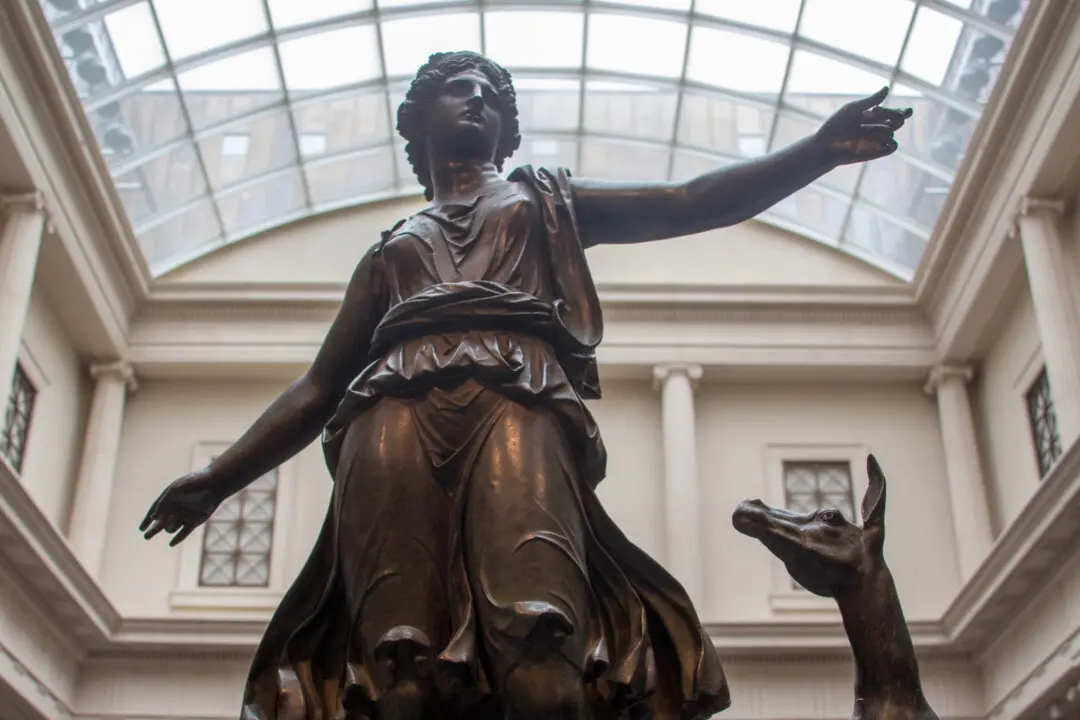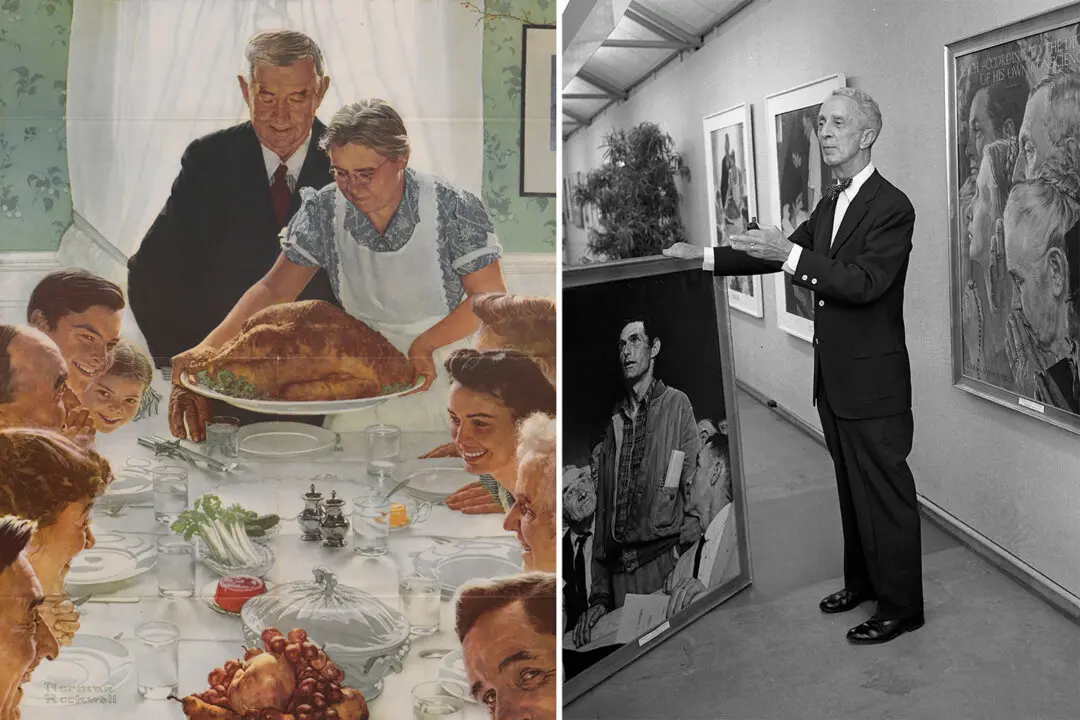The technique of oil painting facilitated a seismic shift in art. It was a better medium than egg tempera for portraying realistic details like atmospheric conditions, surface effects, texture, and brilliant color. From the Renaissance on, oil became the favored fine art painting method.
The popularization of oil painting throughout Europe can be traced to the 15th century and the work of Early Netherlandish painters. They lived in what today is known as Belgium, Luxembourg, and the Netherlands. In the 1400s, the region was a center of international trade. It had a prosperous economy that enabled a robust patronage of artists. Robert Campin and Jan van Eyck were key painters during this period. Though neither invented the technique, they led the oil transformation that went on to influence subsequent generations.

